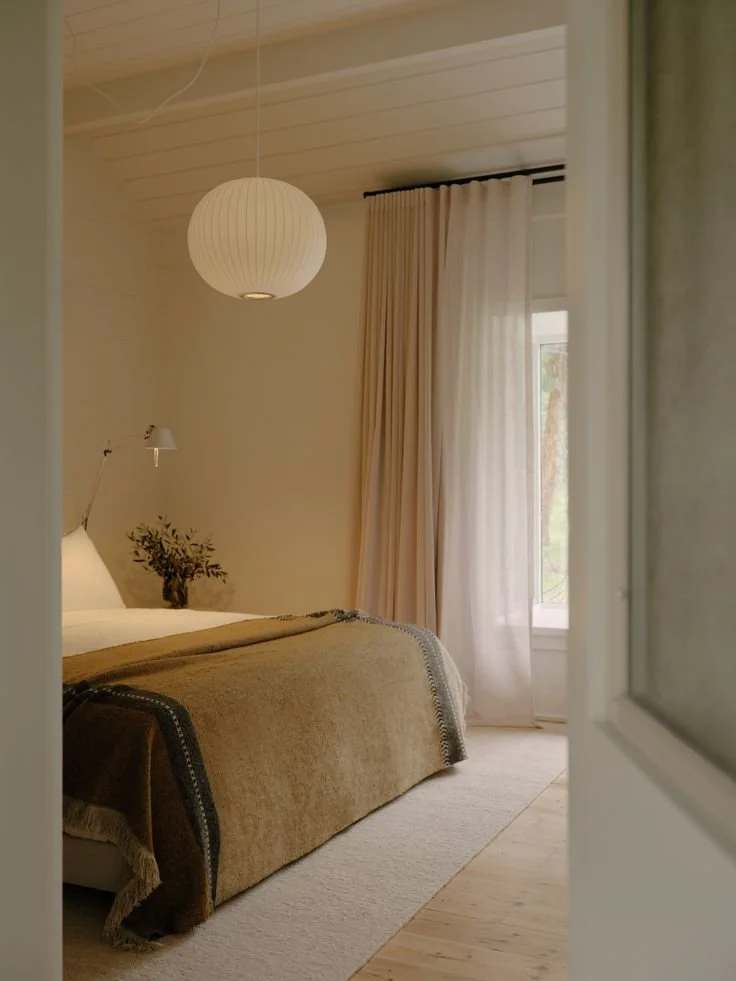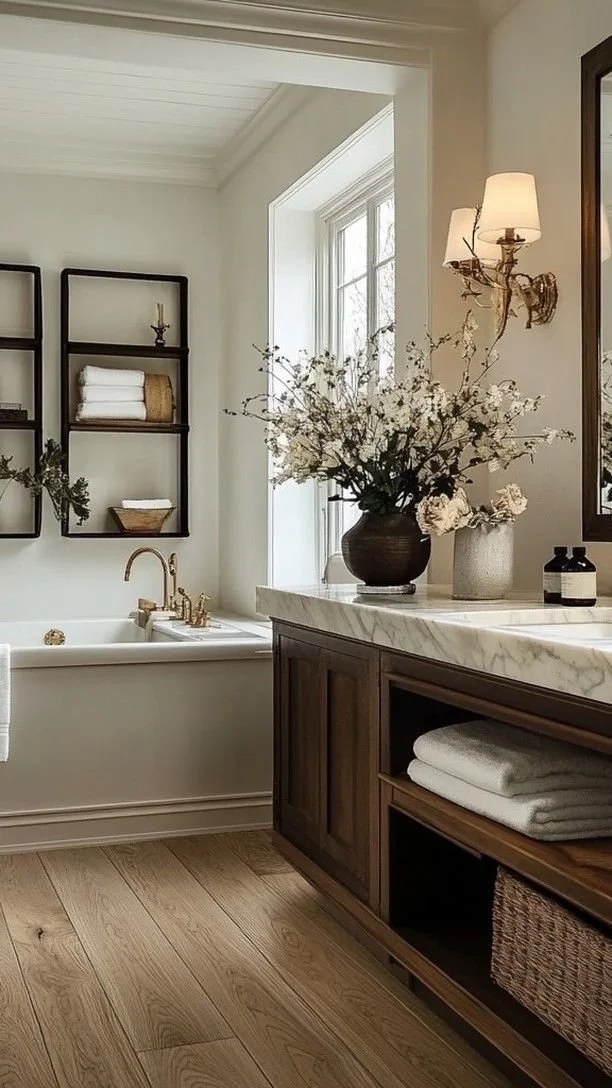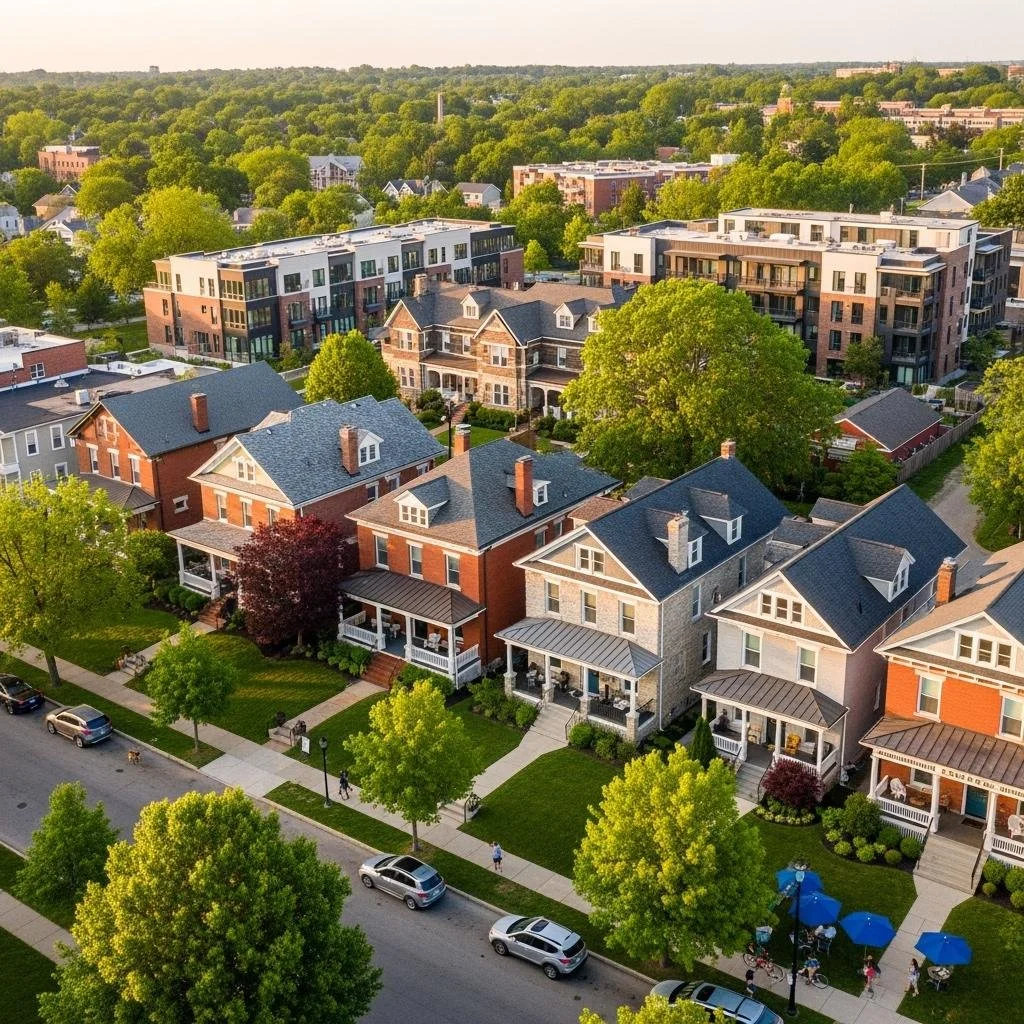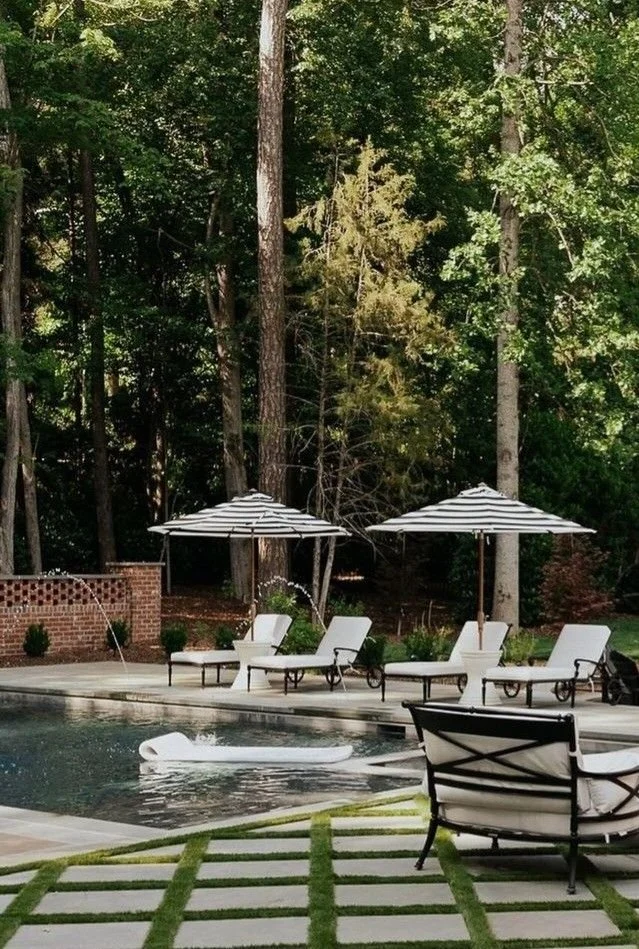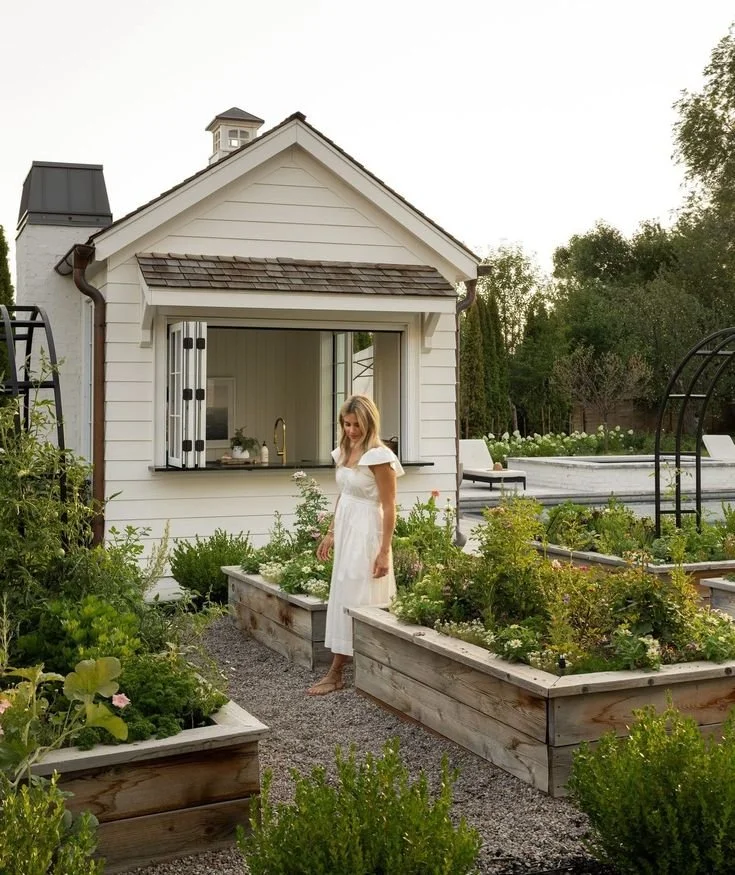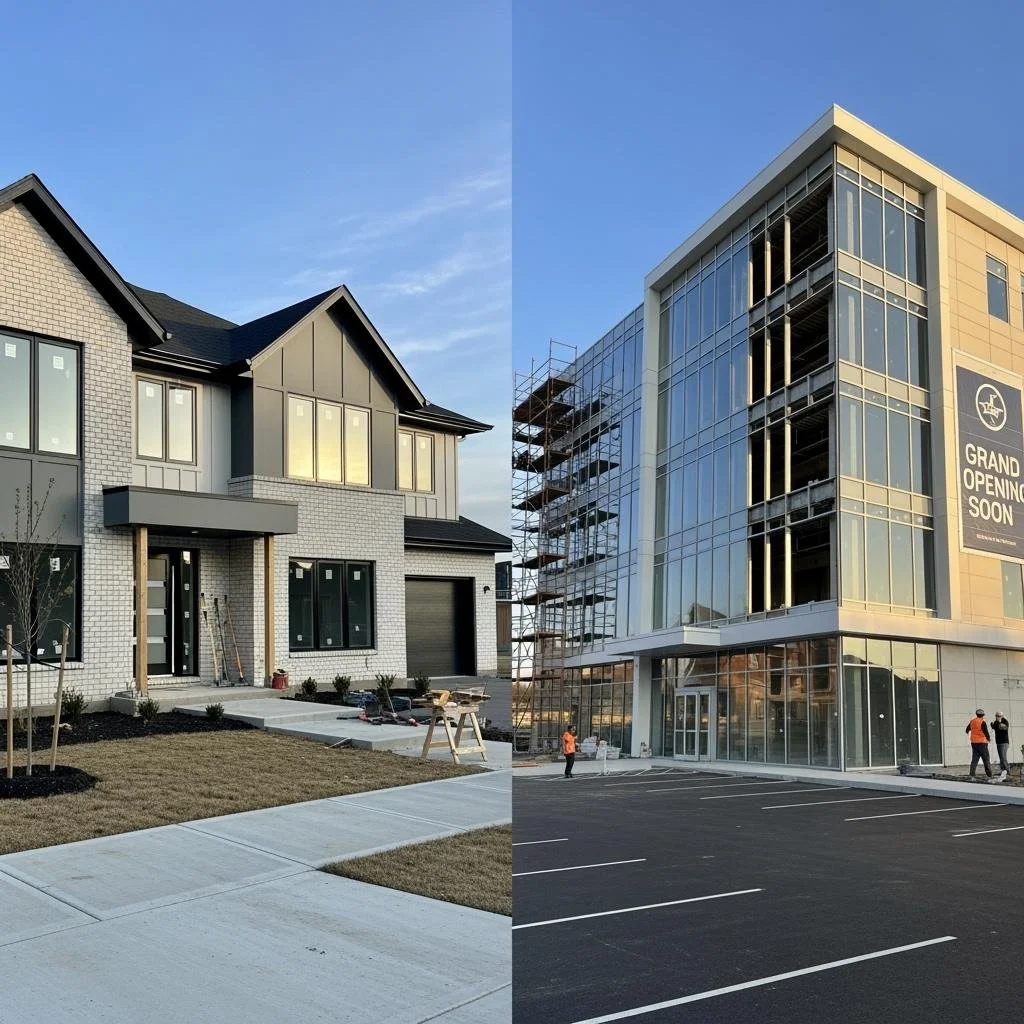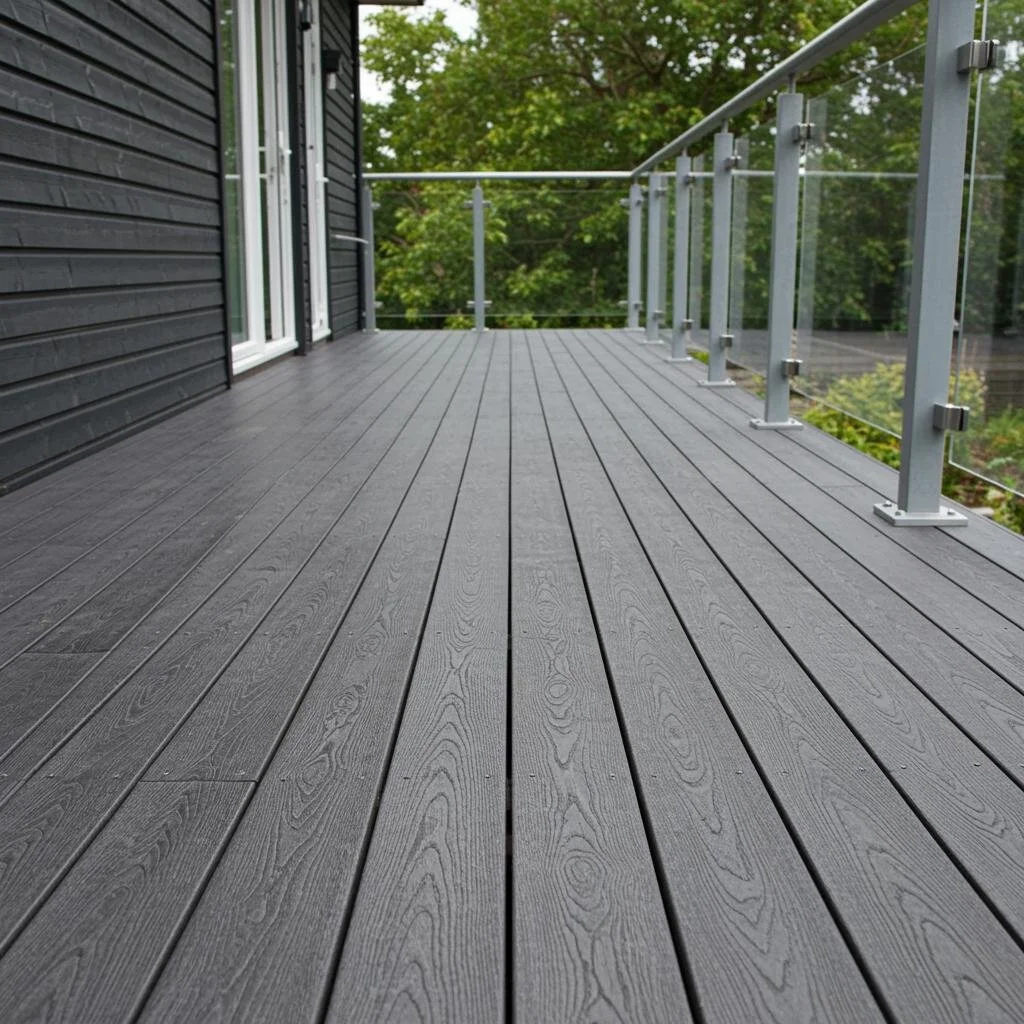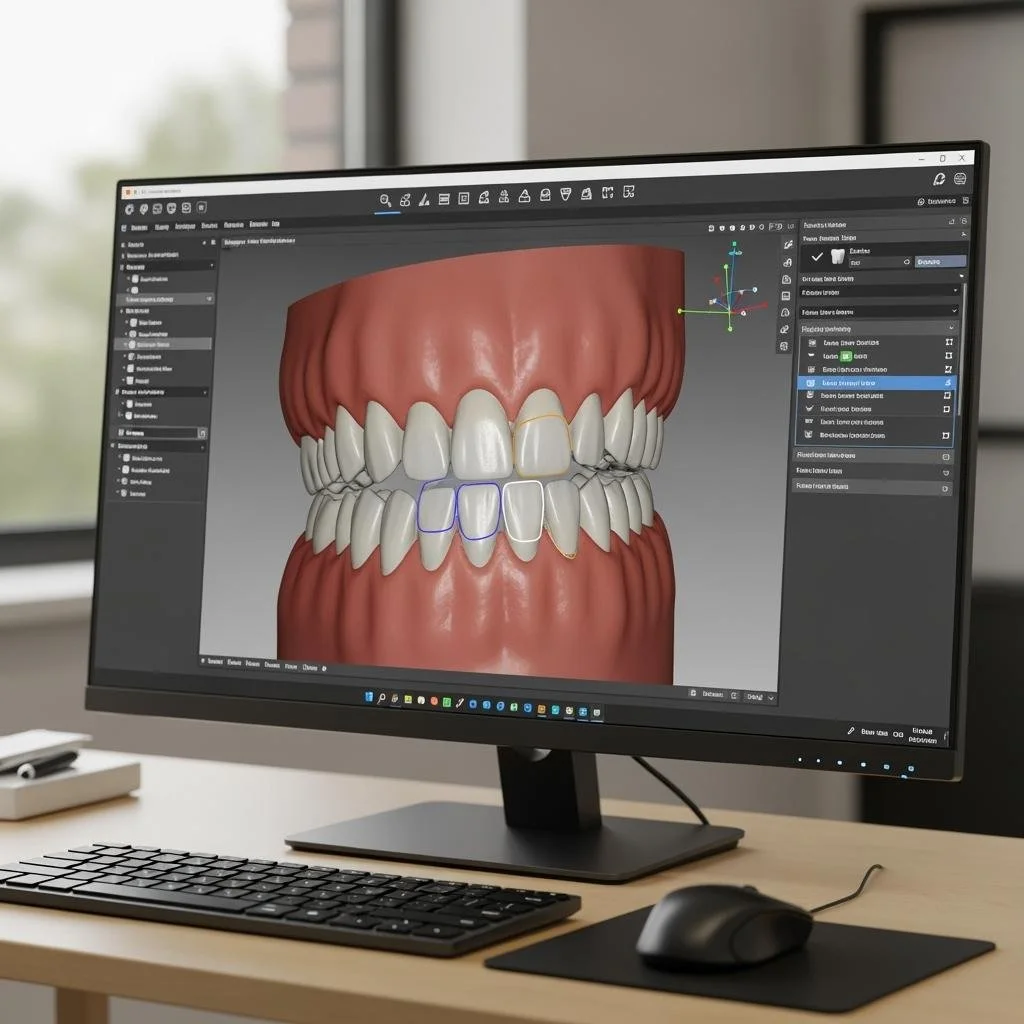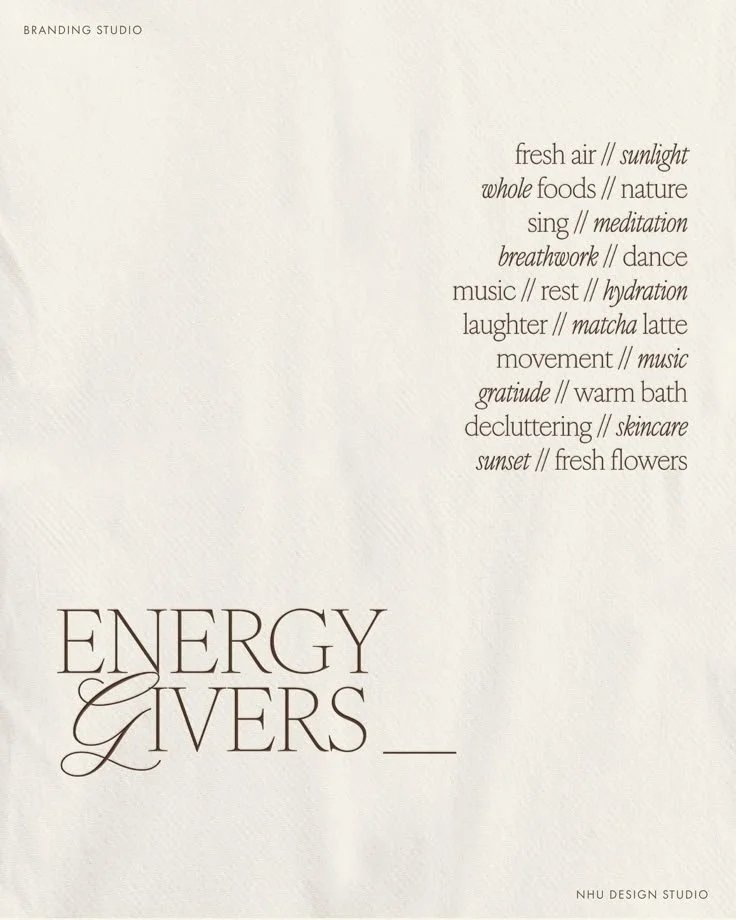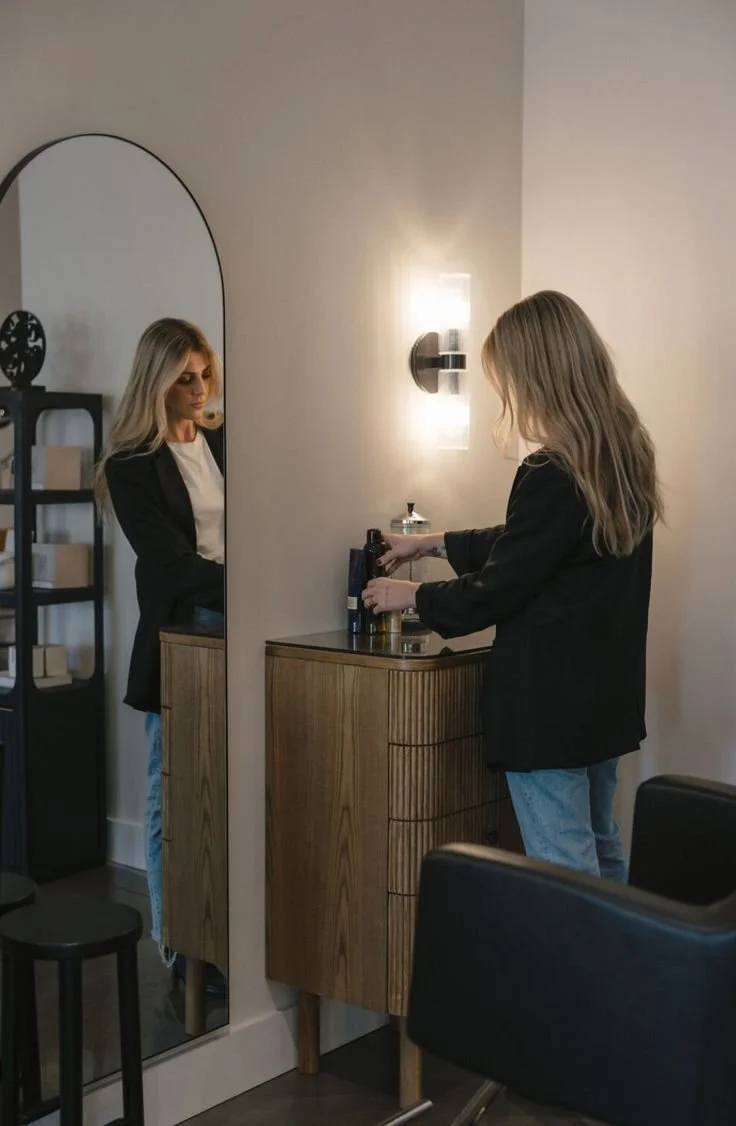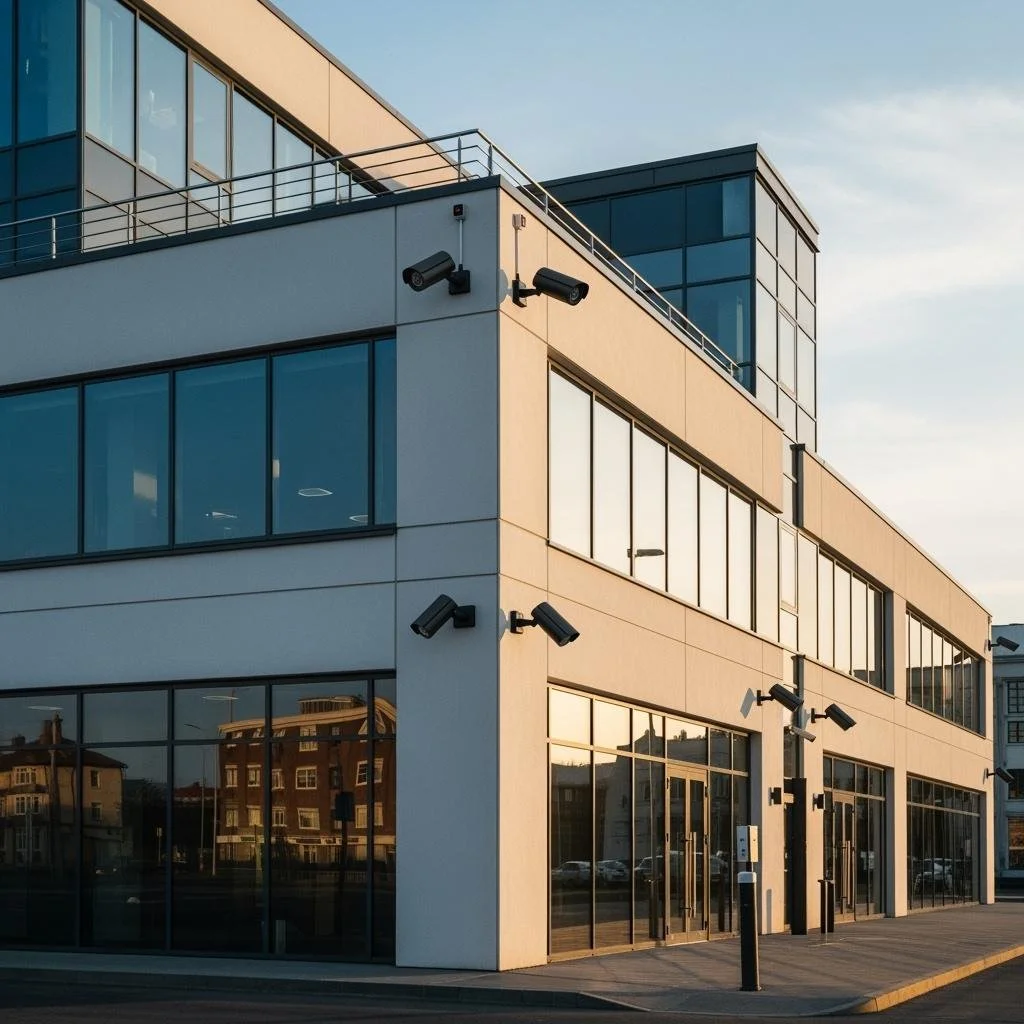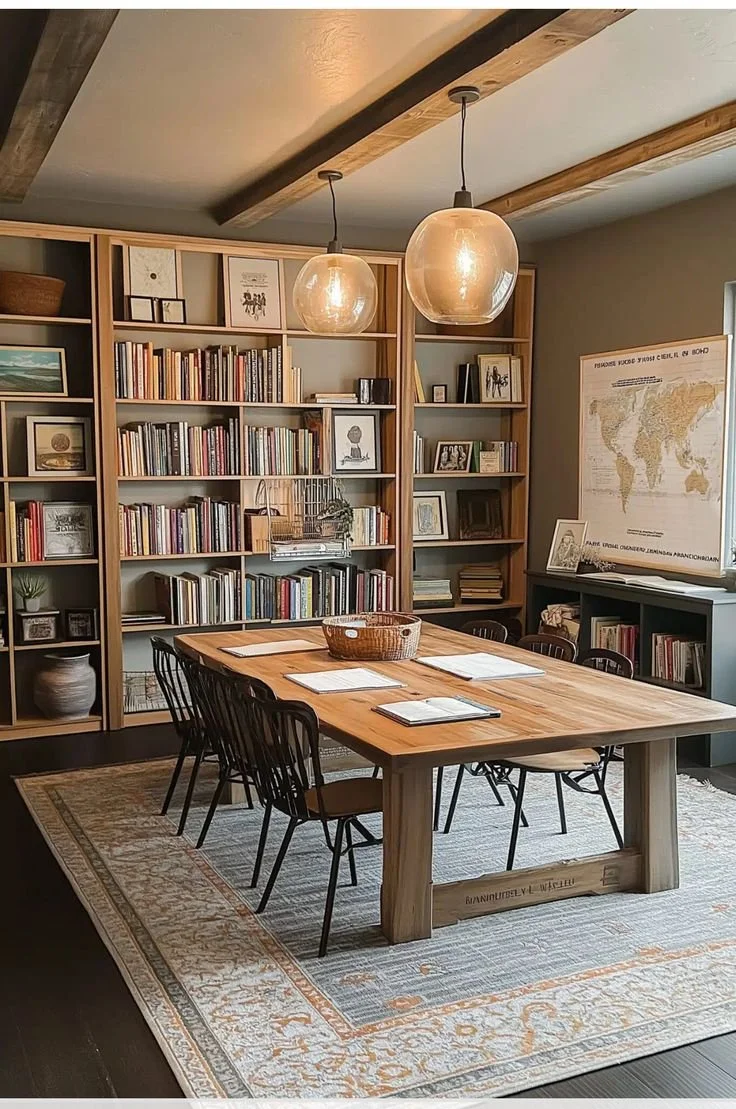The first week in your new home can feel like a whirlwind of boxes, unfamiliar rooms, and shifting routines. While it’s tempting to dive into unpacking everything at once, a more strategic approach can make the transition smoother and less overwhelming. Prioritizing safety, comfort, and essential functions helps you feel grounded and in control from day one.
This early stage doesn’t need to be perfect, but it should be practical. In this article, we share how focusing on what matters most and leaving non-urgent tasks for later, you can reduce stress and create a solid foundation for your new life. Whether you're moving with family, pets, or on your own, the first week in your new home sets the tone for everything that follows.
No. 1
Check Security and Basic Safety First
Start with the most important task—securing your space. Test every lock, latch, and entry point on day one. If you're unsure who had access to the keys before you, change the exterior locks immediately.
Install fresh batteries in smoke detectors and carbon monoxide alarms. Also, before moving to a new home, it helps to bring a basic toolkit and flashlight for quick fixes. Walk through each room carefully and confirm that windows close tightly and doors latch securely.
Locate the water shut-off valve and breaker panel, and label switches if necessary. Keep essential safety tools like a fire extinguisher and first aid kit within easy reach from the beginning.
No. 2
Focus on the Essentials First
Unpack with purpose. Prioritize items that support eating, sleeping, and daily routines. Avoid spending time on décor or non-essentials during this initial period.
Open boxes labeled for the kitchen, bathroom, and bedroom first. These things you'll need right away—dishes, towels, chargers, clean clothes, and toiletries—everything you’ll need right away.
Stick to one room at a time until it feels usable. Keep a box cutter and trash bags nearby for quick cleanup. If you have children or pets, set up their basic needs early to reduce stress and create a sense of normalcy.
Once the essentials are in place, the rest can wait.
No. 3
Confirm Utility Services Are Working
Don’t assume everything is functioning just because the lights turn on. Go through this checklist to confirm all vital systems are operational:
Test each outlet with a small device or phone charger
Run faucets and flush toilets to check water pressure
Turn on the stove and confirm the fridge is cooling properly
Switch on the heat or AC, depending on the season
Connect to Wi-Fi and run a speed test
Ensure trash pickup is scheduled and bins are in place
If anything isn’t working, contact the service provider immediately to avoid delays or added stress.
The Container Store
Your ultimate destination for innovative storage and organization solutions for home or office—offering everything from stylish bins and shelves to custom closet systems
No. 4
Learn the Layout and Update Important Details
Spend time getting familiar with your new home’s layout. Flip light switches, test appliances, and open every cabinet and closet. Check for leaks under sinks and listen for strange noises in vents or pipes.
Make small personal touches like hanging a calendar or setting up your coffee station to start making the space feel like home.
Also, update your address with the post office, banks, insurance providers, and any subscription services. Doing this early prevents missed mail and important notices.
No. 5
Explore Nearby Places and Add Basic Safety
Get to know your neighborhood early. Locate the closest grocery store, pharmacy, and gas station. Take a walk or drive to explore nearby streets and understand traffic patterns.
At home, install night lights in dark hallways and check that outdoor lighting works. If you have young children, consider adding temporary gates or outlet covers.
Move houseplants away from vents or direct sunlight until you decide on their permanent spots. Keep a flashlight, batteries, and a first aid kit in an accessible location to ensure you’re prepared for minor emergencies.
No. 6
Spot Urgent Repairs and Act Fast
Not every issue requires immediate attention, but some do. Use this checklist to identify urgent repairs:
Look for water stains on ceilings or near sinks
Test each light switch and note any that don’t work
Check for cracks around windows and doors
Listen for buzzing outlets or flickering lights
Watch for signs of pests in corners or vents
Test toilets and faucets for steady function
Document anything that needs professional attention and schedule repairs as soon as possible. Quick action now can prevent bigger problems later.
No. 7
Set Daily Routines and Leave the Rest
Establishing a simple routine helps create a sense of stability. Schedule regular times for meals, rest, and key tasks. Avoid overwhelming yourself with major changes or purchases during the first week.
Create dedicated zones for work, sleep, and relaxation. Let the space guide your decisions—wait a few days before rearranging furniture or committing to décor choices.
Save non-urgent tasks like yard work, painting, or organizing storage areas for a calmer time. Small habits formed now change your lifestyle for the better and can lead to long-term comfort and efficiency.
TAkeaways
The first week in your new home doesn’t have to be perfect—it just needs to be practical. By focusing on safety, comfort, and essential tasks, you can create a smooth and stress-free transition.
Start by securing your space, confirming utilities, and unpacking the basics. Learn the layout, explore your surroundings, and address urgent repairs early. Establish simple routines and give yourself time to adjust before diving into major projects.
Remember, the first week in your new home sets the tone for everything that follows. With thoughtful planning and a flexible mindset, you can turn a chaotic move-in into a confident new beginning.
Looking for Home resources?
Looking to enhance your living space and create a sanctuary that supports your well-being? Explore our home partners who offer a wide range of resources to elevate your home environment.







